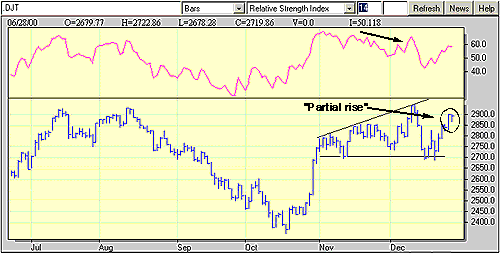What if you could emulate the actions of the most successful hedge fund managers for a fraction of what they cost? Two ETFs that debuted this summer are trying to do that by using public filings to replicate their portfolios. And a third, which launched early this month, promises to add another hedge fund dimension to ETF copycats by adopting what its sponsor calls the only true market-neutral strategy in the lot.
Researchers have been trying to emulate hedge fund strategies since the 1990s. But the first mutual fund to do so, Index IQ’s Alpha Hedge Strategy Fund (IQHIX), didn’t launch until June of 2008. It has since outperformed the S&P 500 TR, an ETF based on the index, which is in red so far this year and for the past 12 months and 3 years, whereas IQHIX is up 4.8 percent, 6.9 percent and 2.6 percent, respectively, for the same periods.
There soon followed two Index IQ ETFs, Hedge Multi-Strategy Tracker ETF (QAI) and Hedge Macro Tracker ETF (MCRO), based on “factor replication.” Factor replication uses statistical modeling of funds to analyze the managers’ investment patterns within six overall styles and recreate their risk-adjusted performance based on those factors for purposes of creating a fund of funds. The process originated with Index IQ’s chief strategist, Robert Whitelaw, who chairs the finance department at New York University’s Stern School of Business.
But these ETFs are trailing the hedge fund universe. As of early October, QAI and MCRO had respective 3-year annualized average returns of 2.9 percent and 3.2 percent, compared with 3.9 percent for the HFRI Fund Weighted Composite Index.
In contrast, two of the newest ETFs seek to replicate hedge funds’ strategies base on their actual positions. New York-based Global X Funds’ Top Guru Holdings Index ETF (GURU) and San Francisco-based AlphaClone’s Alternative Alpha ETF (ALFA) invest in indexes they create based on the holdings of hedge fund managers as reported in their 13F SEC filings. ALFA, which started trading on May 31, 2012, has a 3-month average annualized return of 9.23 percent, and GURU, which initiated trading on June 5, 2012, has a 3-month return of 9. 60 percent, compared with the HFRI index’s 3-month return of 2.6 percent for roughly the same period.
Certainly little insight can be gleaned from such short track records alone. As for the fund providers’ backgrounds, Global X Funds founder Bruno del Ama holds an MBA from the Wharton School of the University of Pennsylvania and was head of operations in the structured products business at Radian Asset Assurance, a New York-based reinsurer. Mazin Jadallah, founder and CEO of AlphaClone, also manages separate accounts and is an active investor.
The bigfest difference between the two position-based funds is that AlphaClone, unlike Guru, may take short positions to hedge against market moves a strategy known at least in some quarters as “market neutral.”
Index IQ’s QAI and MCRO ETFs are also designed to protect investments in a downside market, while providing upside potential when markets shift. “Which is what hedge funds were designed to do,” Index IQ CEO Adam Patti tells Institutional Investor . But Patti contends that AlphaClone is not not truly following a market neutral approach. “Dropping your equity exposure temporarily to zero does not make a market neutral strategy,” he insists. Unlike its older ETFs, IndexIQ’s newest offering, IQ Hedge Market Neutral Tracker ETF (QMN), which debuted on Oct. 4, does that, says Patti, by replicating the strategies of market neutral hedge funds. And Patti contends the strategy will provide “consistent returns in all market conditions with low volatility.”
Patti also joined other critics in citing the lack of context and time delay in relying on quarterly filings that can be at least three months out of date by the time they appear. “We looked at 13-F filings four years ago; they didn’t make much sense,” he says, since it’s impossible to determine from the filing the rationale behind a particular position, what other investments may exist in the portfolio since the filing was made, or even whether the fund still holds the position.
Jadallah responds that the firm’s “exhaustive research” shows that concerns over the timeliness and context of 13F filings is unfounded. “Hedge fund holding periods are a lot longer than most people think,” says Jadallah, adding, that “a lot of their out performance comes from their long positions, not their shorts.”













 Technical Screener
Technical Screener